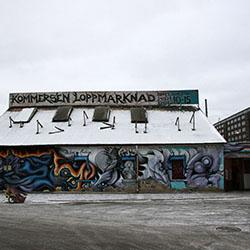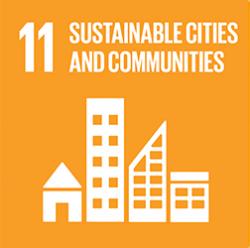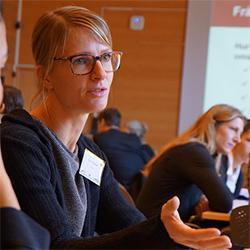How became 1,000 planned accommodations for new arrivals in Gothenburg 57?
In connection to the major refugee stream in 2015 there was an urgent need for housing. A project was started with the goal to build 1,000 temporary accommodations around Gothenburg. But only 57 was built. A research project led by Kristina Grange, Chalmers, has received funding to find out why.
Temporary accommodation for new arrivals: A study of how 1000 planned accommodations in Gothenburg became 57 is the research project funded by J Gust Richert's foundation. The project will critically examine why there were so few accommodations was built. The opposition to building the houses was excessive, neighbors protested, the building sites were considered inappropriate, the legal situation was unclear and it was appealed all the way to the supreme court, the costs skyrocketed and there was a large political disagreement.
What went wrong?
The purpose of the research project is to review the project from a social planning perspective to understand why it became almost impossible to build temporary housing in Gothenburg when similar projects could be carried out elsewhere in Sweden. To what extent was it a political failure? To what extent was it a failed planning process? To what extent did protests from neighbors play in? The idea is also to discuss the consequences and lessons learned from the project to enable municipalities' to learn for future initiatives around for housing for new arrivals.
How municipalities work with the Housing Act
The research project is led by Kristina Grange, Chalmers, and will run 2019-2020. It connects to the Mistra Urban Futures project The uneven geography of migration. Together, the two projects captures how Gothenburg handled the Housing Act and the requirement to arrange housing for newly assigned arrivals within two months, as well as pointing to the difficulties and opportunities that may arise during the process.
Questions?
Contact Kristina Grange, kristina.grange@chalmers.se







